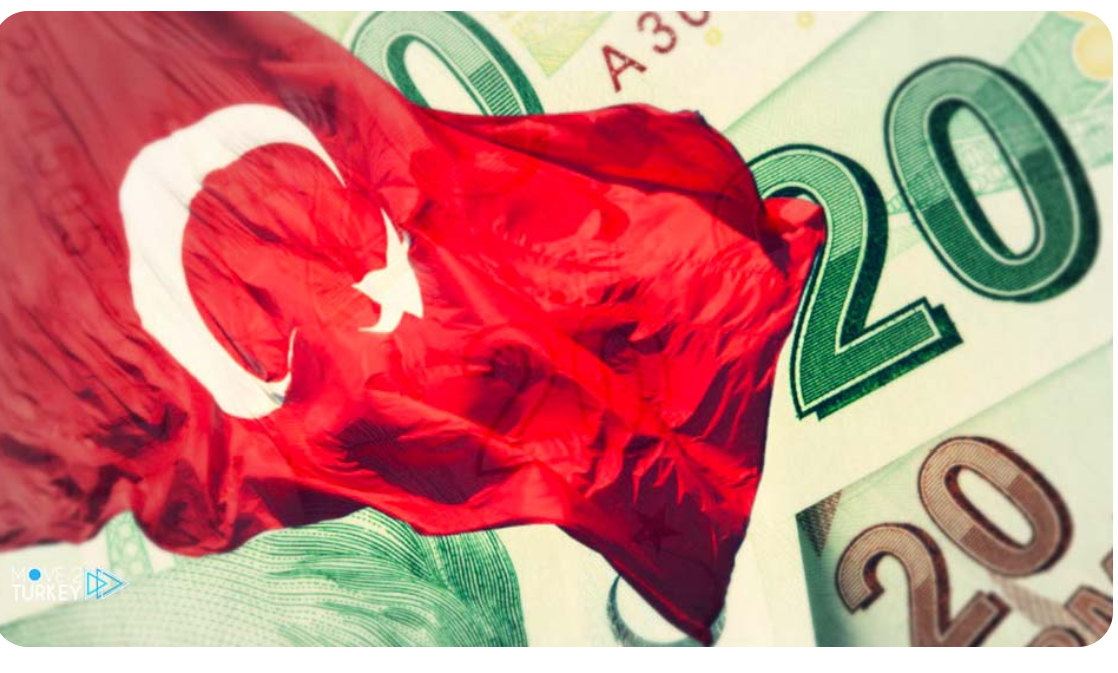Economic history resoundingly shows that monetary stimulus alone to boost economic growth against the backdrop of low potential growth is a ‘divine sin’. The ongoing economic policy in Turkey is a perfect example of such a case. Turkey’s recent economic growth policy has led to the initiation of several monetary and credit incentive programmes, resulting in substantial deterioration in its price stability, external balances and asset allocation equilibrium.
Turkey’s Energy Shortage Reaches Critical Point
Fed Interest Rate Hikes Will Hurt Turkish Economy (And Other Emerging Markets) Badly
In the presence of Turkey’s significant external imbalances, the increased consumer and producer prices rapidly depreciated the Turkish lira against major foreign currencies: Since mid-2013, the dollar has appreciated against the lira more than 650 per cent. The worsened outlook hit external financing hard, forcing The Central Bank of the Republic of Turkey (CBRT) to sell its foreign currency reserves. However, the worst development was the loss of central bank independence and the monetary policy of cutting policy rates despite plummeting lira. Markets alarmingly reacted to these unorthodox policies, causing additional heavy value losses for the lira.
To stop the bleeding of the currency, the Turkish government had to reintroduce an old measure of foreign currency linked deposits from dusty shelves, and simultaneously the CBRT further significantly depleted its foreign currency reserves.
This loss of anchor in the policy-making space and the prospective fiscal burden of the new lira saving measures will play a crucial role in the coming months for the Turkish economy and especially for the lira.
Reprinted from National Institute of Economic and Social Research by permission of the Author.
Prof Kenç is a former member of the MPC of Central Bank of Turkey
Follow our English language YouTube videos @ REAL TURKEY:
https://www.youtube.com/channel/UCKpFJB4GFiNkhmpVZQ_d9Rg
And content at Twitter: @AtillaEng
